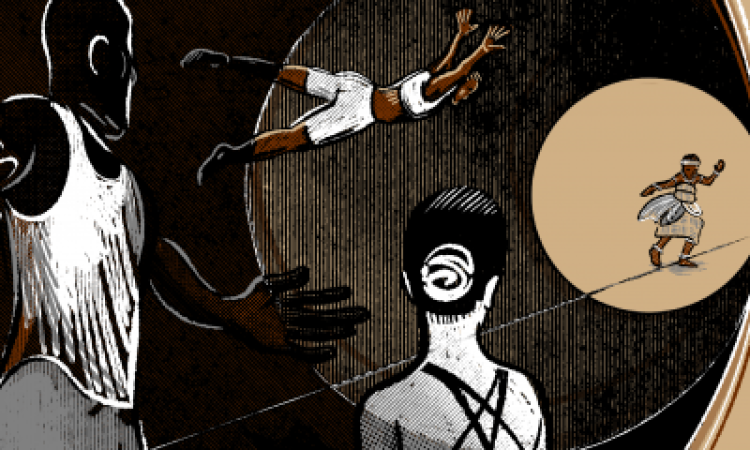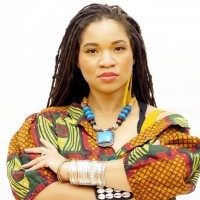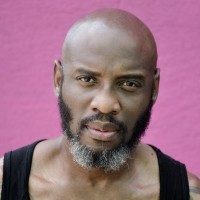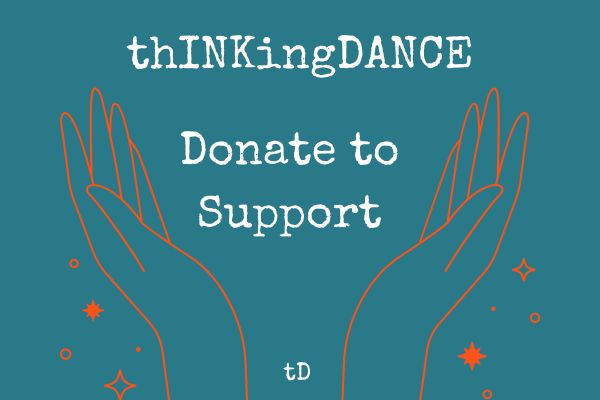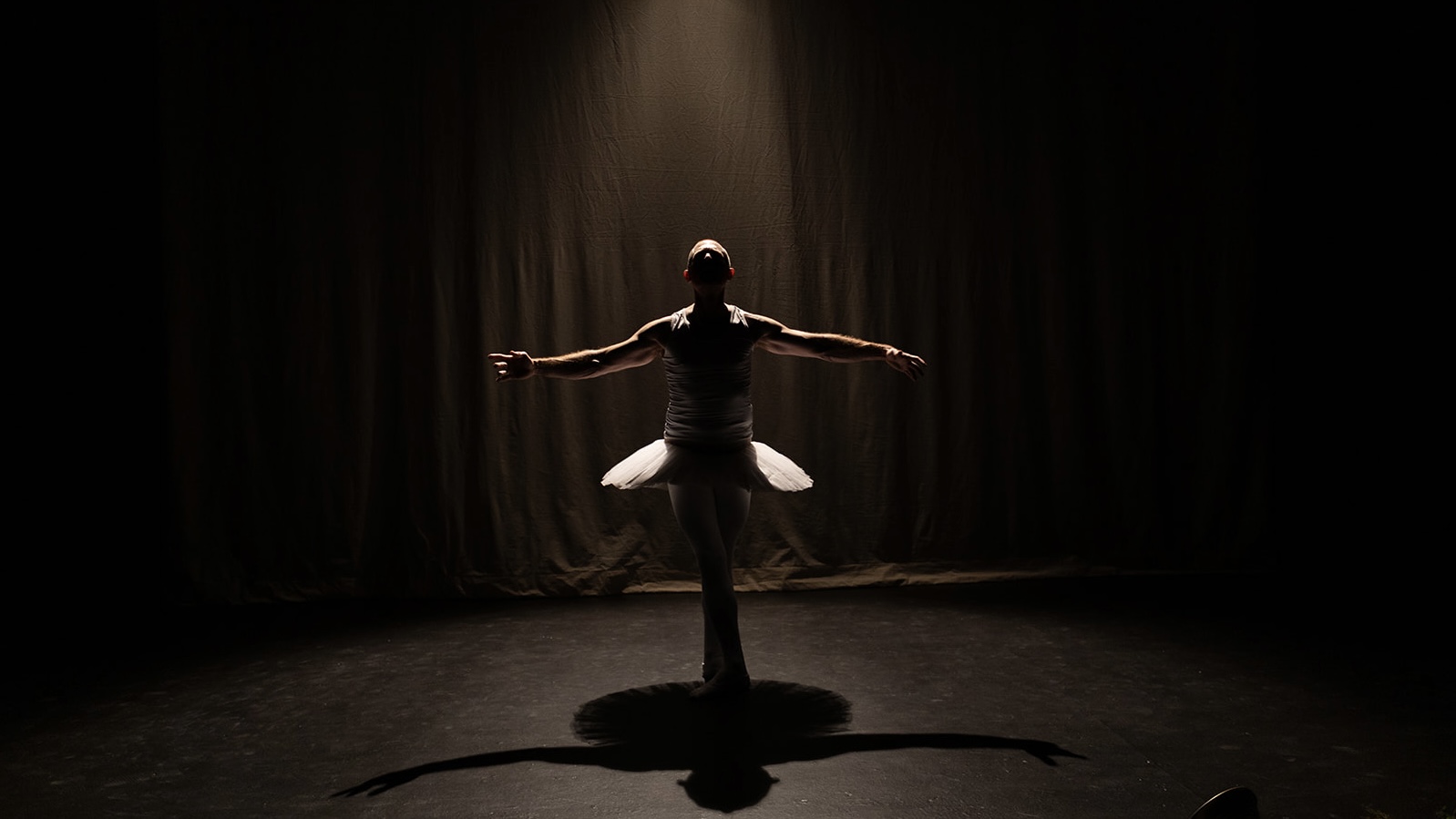We could shrug our shoulders—the generic reaction of the ambivalent—when asked about the future of dance criticism. But that’s not only passive aggressive, it’s despondent.
Dance criticism hasn’t collapsed. It is present in ways overlooked and unacknowledged. From TikTok videos to reviews in The New York Times, relevant commentaries are being made about dance as an artform. Criticism should be considered to be a necessary vehicle to lead the field, but as a Black writer, I continue to question the roles of critics—those charged with the task of writing previews, providing descriptive analysis of performances, and contextualizing and interpreting abstract dance works. I would argue there are definite challenges facing dance writing within the U.S. with predominantly white writers: written works disproportionately supporting western dance forms traditionally performed on proscenium stages, archaic and dated writing platforms, and lack of experts to cover multiple genres in various spaces.
This gets even more complicated when you factor in the reality that some dance critics have never danced. How does one speak to a physicality they have never embodied? Could you write about food you’ve never tasted? I suppose you could, but what would you say? How it looked, maybe a memory it conjured? But as we strive to decolonize dance writing, how can our collaborative efforts challenge how we write, what we write, and who gets to write?
This article is the last in the “Decolonizing Dance Writing” trilogy. Five writers from the Dance & Criticism course I led this summer offered their voices. I encouraged freedom, hoping each writer would take the initiative to present a possibility for the future of dance writing in novel, experimental, and relevant ways.
Read part 1 here; Read part 2 here.
Criticism in Audio: Exploring Underused Platforms
Listen to this writer’s response to the prompt “What could dance writing look like?” in her own voice at this link: https://miratreatman.bandcamp.com/track/what-five-year-old-dreams-of-being-a-dance-critic
Mira Treatman*
I Ordered Blackness With My Criticism!
A multifaceted, complex, and ever-evolving culture, Blackness has an impact on the world over. Echoes of the urban vernacular, of the ghettos and the vibrancy of Hip-Hop dance and fashion, are touted from California to Japan. Braids, Beyoncé, and booties are trending in the projects and Silicon Valley (Yes, Beyoncé is her own category). And yet, the validity of Black contributions and perspectives often go unacknowledged. So too, Black dance and Blacks in dance have remained on the periphery as whiteness centers itself on stages, in studios, and amongst the various dance genres themselves.
Dance writing continues this glaring imbalance, and writers who lack the cultural understanding necessary to write with deeply rooted awareness of the works they are reviewing, write anyway. The “colorful costuming” and “joyful torsos” of the African Diaspora are seen, rather than the countless hours of training, research, and rehearsals it took to be so “joyous” in the first place. Systemic anti-Blackness has prevented even Black dancers from seeing themselves in the tapestry of traditional dances. I, a fair skinned Black woman, can see nothing else.
As we work to make dance writing more inclusive, equitable, and accessible, we must begin to collectively combat the tropes which prove to dehumanize many of the BIPOC community. As with any great change, it will take a collaborative effort to shift the dance world to see, understand, and acknowledge others.
- We must be SEEN – Our stories must be shared, and more voices heard.
- We must WRITE – We can ourselves, by simply writing our own stories, begin to dismantle this privilege.
- There must be UNDERSTANDING – We must be understood. Choreographer Camille Brown and others have made it commonplace to add copious notes to playbills and offer post-performance talk backs. Let’s all make this standard.
- We must be certain that our truths are ACKNOWLEDGED – Insisting that dance writers and publications recognize the need for more expansive coverage, and ensure writers conduct the research necessary to better represent their subject matter.
American dance history got it wrong.
Dance criticism didn’t get it right.
But there is hope (with fingers crossed), that the culture of white dominance will continue to be defied. Just as we dare to dance, we must also seek to write.
Errin Weaver
Dear Criticism, What’s Your Priority?
“The white man is always trying to know into somebody else’s business. All right, I’ll set something outside the door of my mind for him to play with and handle; he can read my writing, but he sure can’t read my mind. I’ll put this play toy in his hand and he will seize it and go away. Then I’ll say my say and sing my song.” – Zora Neale Hurston
You are what you eat. As our field crumbles or grows (processes that earn their name upon completion), I have some questions to identify the poison we’ve consumed and where our sustenance truly lies.
Who is eligible to write? Grammar classes, afterschool clubs, college and graduate degrees, unpaid internships—these badges of eligibility all marginalize Black, Indigenous, poor, queer, and differently abled writers. Like SAT scores in college admissions, do these markers identify a good writer, or just a privileged one?
Who is eligible to write about dance? A dance background is necessary, but it is a checkered background. The field of dance and dance education prioritizes white dance forms, dismisses the contributions of black dance pioneers, worships white young thin abled cis bodies, and disregards consent. If one has not unlearned these ideas, how can we trust them to write properly about dance?
Why must we prioritize the art of writing? How can a field as permanent as writing have an equitable working relationship with a field as ephemeral as dance? Do the artists get to respond to the review? And if they do, do they get the same platform?
As Hurston writes, writing is a plaything for white men. Must we indulge them? If we are to write, must it exist as an objective third person, the voice of the white male writer? What happens when reviews exist as songs, poems, dances, TikTok videos? What’s left behind after the writing?
Dance writing needs to shift to exist in direct relation to the artist. As a support, a generous helper, an accomplice.
Like rusted statues across the country, paying homage to violent men and their violent history, it’s time to tear these structures down.
Achaetey Kabal
(they/them)
Criticism as Dialogic
Dance criticism, like any other form over time, is changing. How could it not?
In full transparency, it makes me nervous to write this as a writer and editor with thINKingDANCE (tD). I usually set aside my opinions (often snarky) about “the field” of dance writing and criticism in order to highlight the value tD provides to artists in Philly. Questioning the value of dance writing may challenge our own future—but, to practice holding two truths at once, I believe we are doing good work and that we need to deconstruct the value of dance criticism in order to understand our role. At tD, we also ask who is the writing for. My answer is always the artist.
What does a dance review actually do for the dancer? For sure, “having your show reviewed” is a desired outcome for performers, but does a review somehow legitimize the labor put into the rehearsals or the show? Does a review make a dance more permanent than the performance itself? Should it? What documentation does the written word provide that videos do not? Whose interpretations and evaluations matter—the critic’s, the artist’s, the audience’s?
What if dance critiques were called what they actually are—responses? Why not respond in kind? What of a danced, artistic, poetic response; what of an Instagram story, or a tweet? These forms emphasize the subjectivity that dance criticism likes to erase. But dance criticism always comes from somewhere, whether acknowledged or not, so why not embrace the subjectivity and respond to the art with some art?
Perhaps dance criticism serves to create a bridge between the artist and their (potential) audiences, leading to deeper audience engagement and increased ticket sales. Certainly, descriptive interpretations and critical evaluations can accomplish this, but does the critic’s (sometimes skewed) opinion actually build this bridge? Perhaps the future of dance writing doesn’t require critique, highlighting instead the artist’s words, intentions, and interpretations. Perhaps podcasts, where you can hear the artist’s voice, or videos, where you can see the artist’s work, will take the place of writing about dance.
Many people talk about “before” and “after,” as if COVID were a hiccup we have to hold our breath through. I have heard many conversations about the role of the critic during a pandemic, weary of critiquing performances online, waiting instead for a “return to normal.” But as the field of dance changes, so too must dance criticism. Perhaps now it is important to ask the artists: what do you need from dance writing? Let’s have an actual conversation.
Kalila Kingsford Smith*
Ethical Criticism…With Humility
While criticism has ample potential to serve as a catalyst, it often masquerades as a stop sign:
Read me.
Heed my warnings.
Go see the show, or don’t.
The End.
The focused visibility, opportunity, and accolades offered to a primarily whitewashed body of dance critics has encouraged a concerning behavior: the acceptance of detached, confident opinion as fact. Holding to this practice does not move criticism forward, but rather keeps dance writing bound to its supremacist roots.
Unfortunately, this methodology is standard, having extended beyond ‘status quo’ to ‘correct’ to ‘tradition.’ Often, in the face of longevity, this brand of tradition gets mistaken for goodness.
This is a fallacy.
Writing is a practice, a constant state of evolution that thrives on adjustment and shrivels in the face of stasis.
Just because something has gone on the same way for a long time does not make it inherently correct. I wholeheartedly believe this is true—with the caveat that, as a straight, white, able bodied, new woman writer with an affinity for concert dance, I’m not at much risk for calling out this elitist club because I fit its criteria for membership. I’m already safe. For those of us who are safe, this is a moment to challenge inequitable and unjust practices that have melted into normalcy. We must mindfully abstain from the role of oppressor.
We are responsible for choosing what and whom to write about.
We are also responsible for recognizing what and whom we choose NOT to write about.
We have the potential to be stewards of discussion.
We are able to champion research and amplify new voices.
We can choose to speak transparently from lived experience.
There are times to speak loudly and there are times to pass the mic.
In order to move forward, we must have the humility to do both.
Jennifer Passios
How can we call for a collective reimagining in order for us to move beyond given platforms? This trilogy is a call to action. Not to denounce the works done by those who have paved the way, but to illuminate the missing voices and how that absence has upheld white supremacy. Dance criticism is poetic, it’s educational, it’s rigorous, it’s revelatory. It’s also funny, homage-paying, and questioning. It should be inclusive and multi-dimensional, and written in Jamaican patios. All of this should be real.
Who created standards for criticism…and when? Old white men? Old white women?
The work that has been done for years has been exclusive and centers whiteness.
Let’s create new standards!
*Mira Treatman and Kalila Kingsford Smith are writers for thINKingDANCE. Treatman serves as Managing Editor, and Kingsford Smith is Assistant Lead of the Editorial Board.
